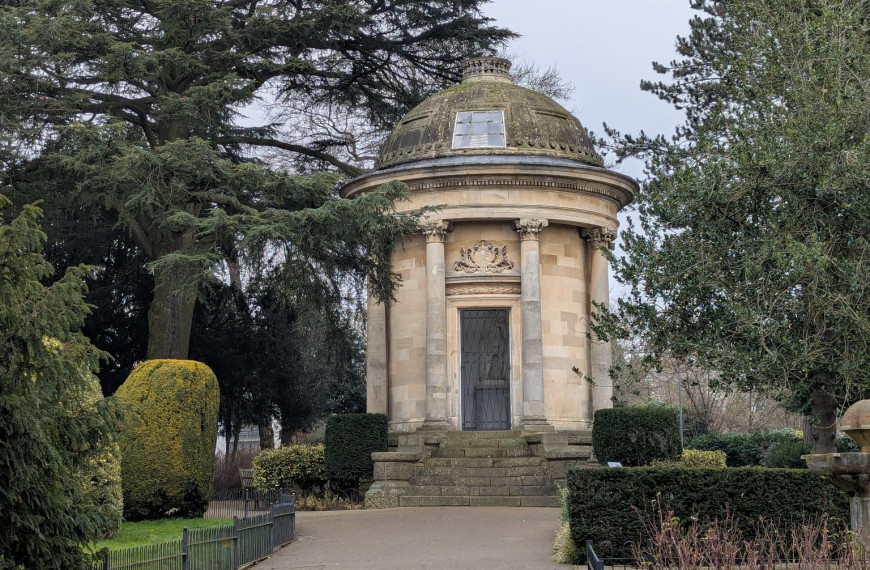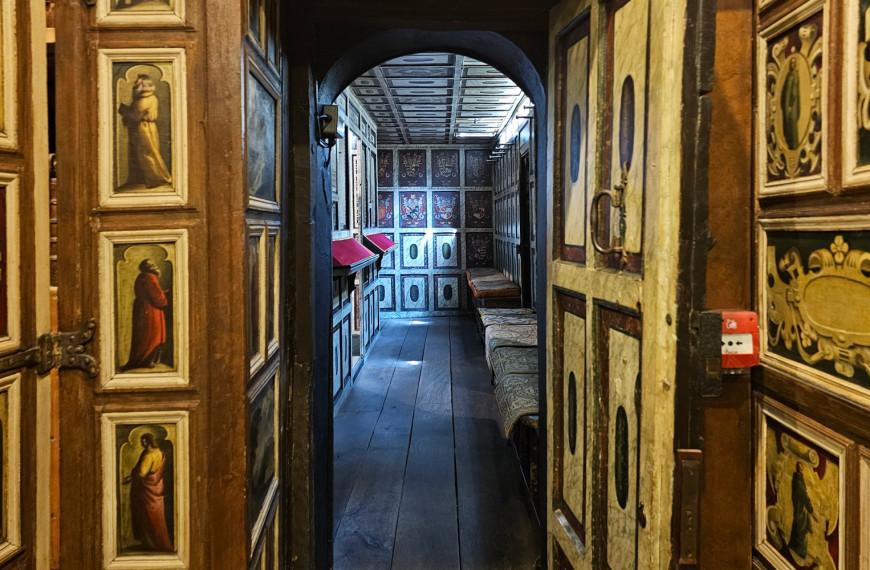Earlier this year, students from Worcester Polytechnic University conducted an in-depth analysis of casework data collected over the past decade to evaluate the impact of HB&P’s work as a statutory consultee. This research involved interviews with members and trustees, as well as a review of annual reports and data from our Joint Consultation Hub.
Their findings highlight what HB&P has achieved in its role advising local planning authorities and diocesan advisory committees (DACs), as well as ways we can further improve our services. The students also produced an Impact Report to visually present their findings through charts and graphs.
Key insights from the report include:
- The geographical distribution of our casework, with Wales, the North West, and South West seeing the highest activity.
- The high percentage of positive outcomes, with over 58% of determined cases addressing all or some of our recommendations.
- On average, 75% of our casework relates to Grade II listed buildings.
You can access the Impact Report created by the students, which includes engaging visual data and case studies, here.

HB&P does the most case work in Wales, the North West, and South West. HB&P does the least case work in the North East and Greater London** **The North East and Greater London have the fewest number of listed buildings

Of 269 cases with determined outcomes in FY2023-24, 94 have a highly positive outcome* and 31 have a slight positive outcome. Casework outcomes are 58% overall positive. *Outcomes are defined by adherence of advice. Positive for full adherence, slight positive for partial, neutral for unclear, and negative for no adherence.

70.2% of casework are letters of advice, 21.5% letters of objection, and 3.2% letters of support


